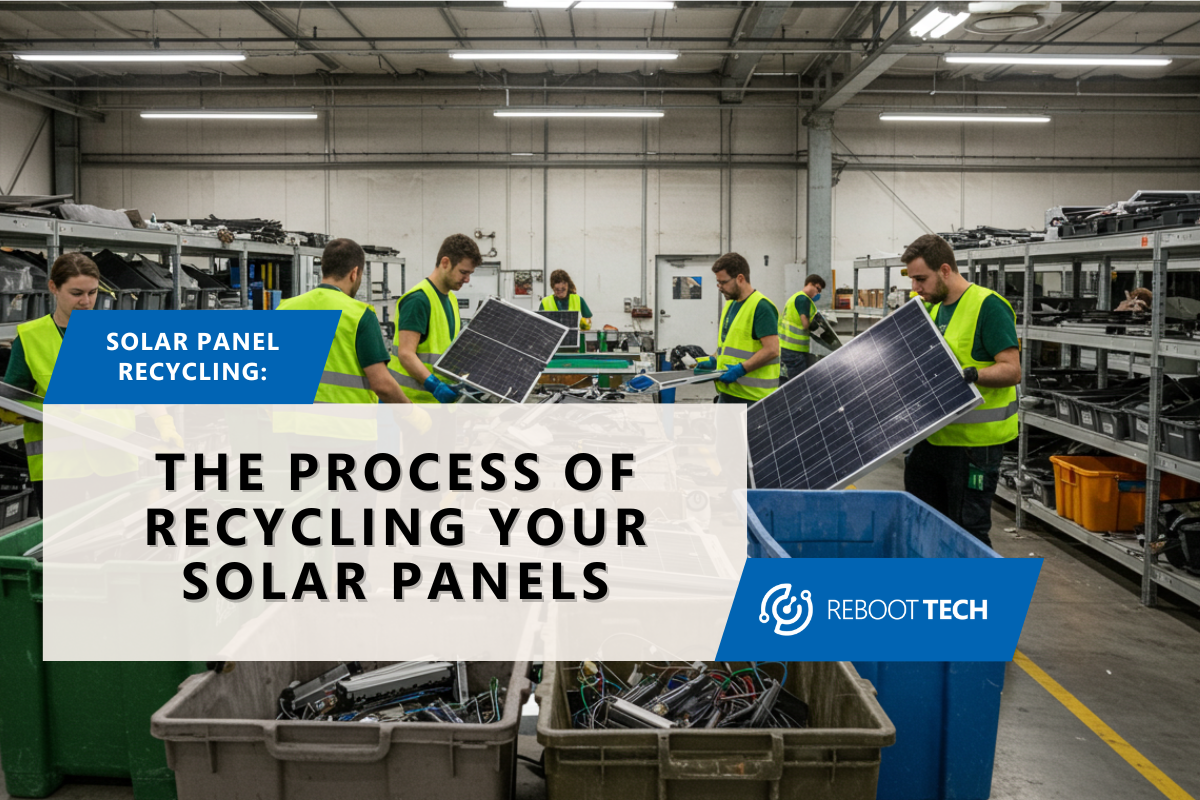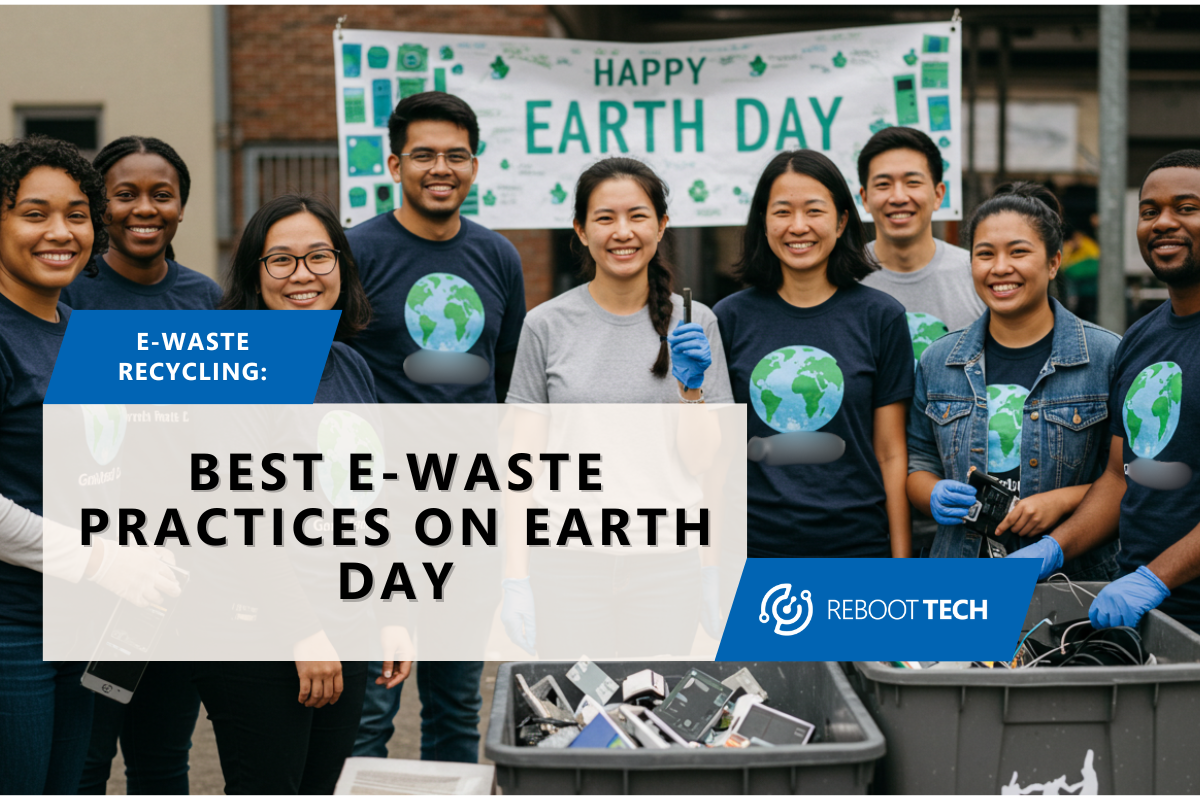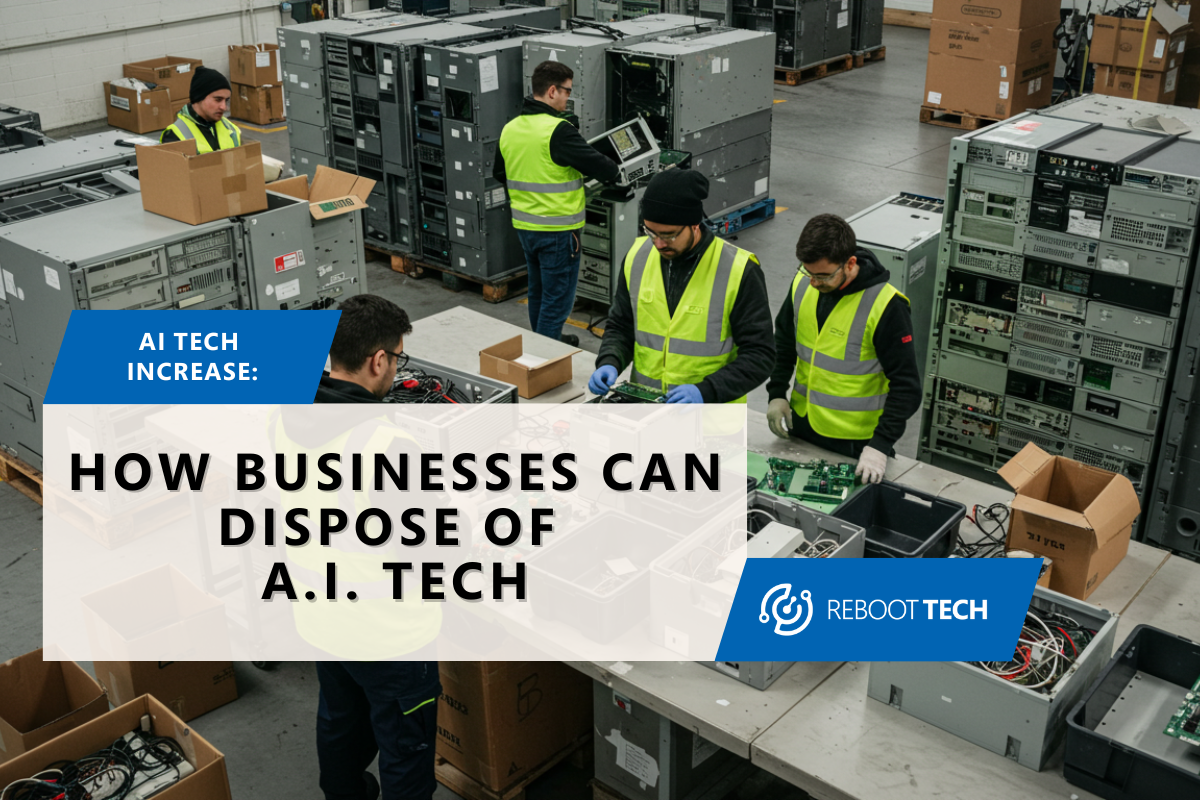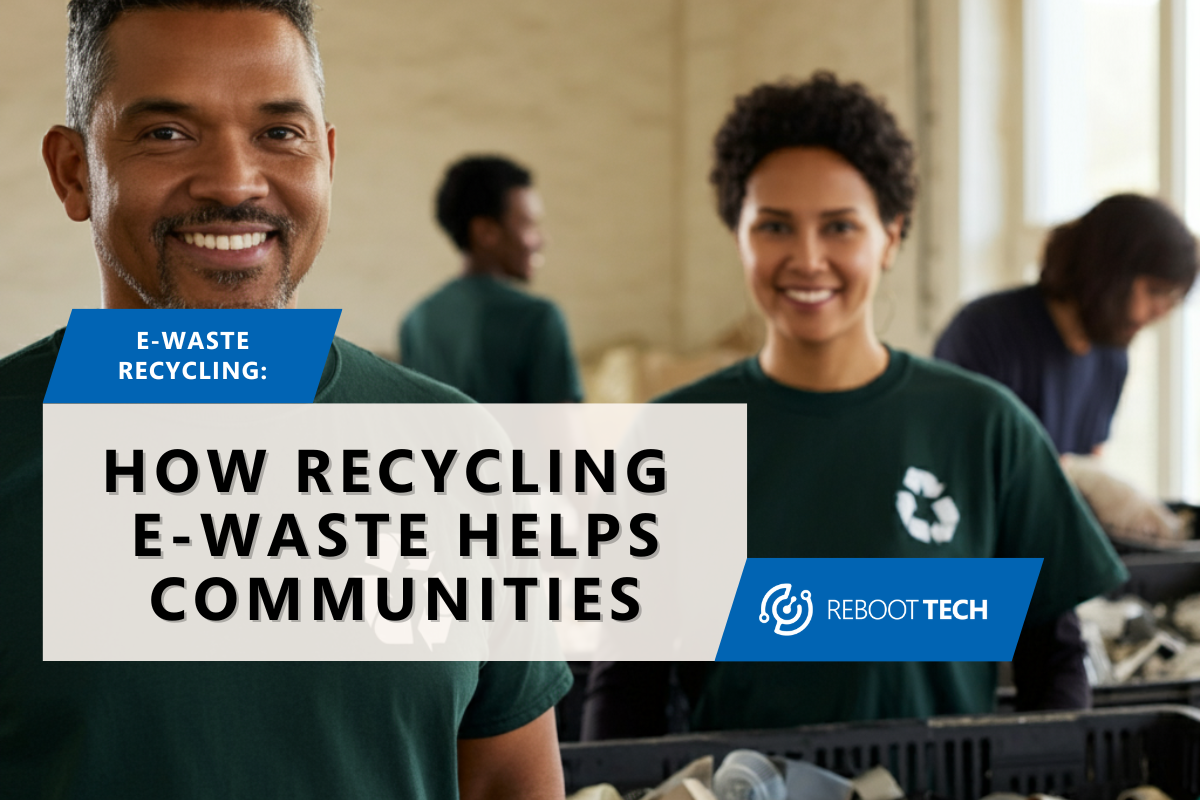
The Importance of E-Waste Recycling
In today’s digital world, our reliance on electronic products is greater than ever. From smartphones to laptops, these devices are essential for work, communication, and entertainment. However, with new technology emerging at a rapid pace, older electronics are quickly replaced and discarded, leading to a growing e-waste problem. Recycling e-waste doesn’t just benefit the environment—it also plays a crucial role in protecting communities around the world.
This article will explore the e-waste crisis, its impact on global communities, and what you can do to help. We’ll also discuss how working with certified electronics recyclers like Reboot Tech can make a difference, especially for businesses dealing with bulk e-waste. By the end, you’ll have a clear understanding of how recycling e-waste can positively impact both your community and our planet.
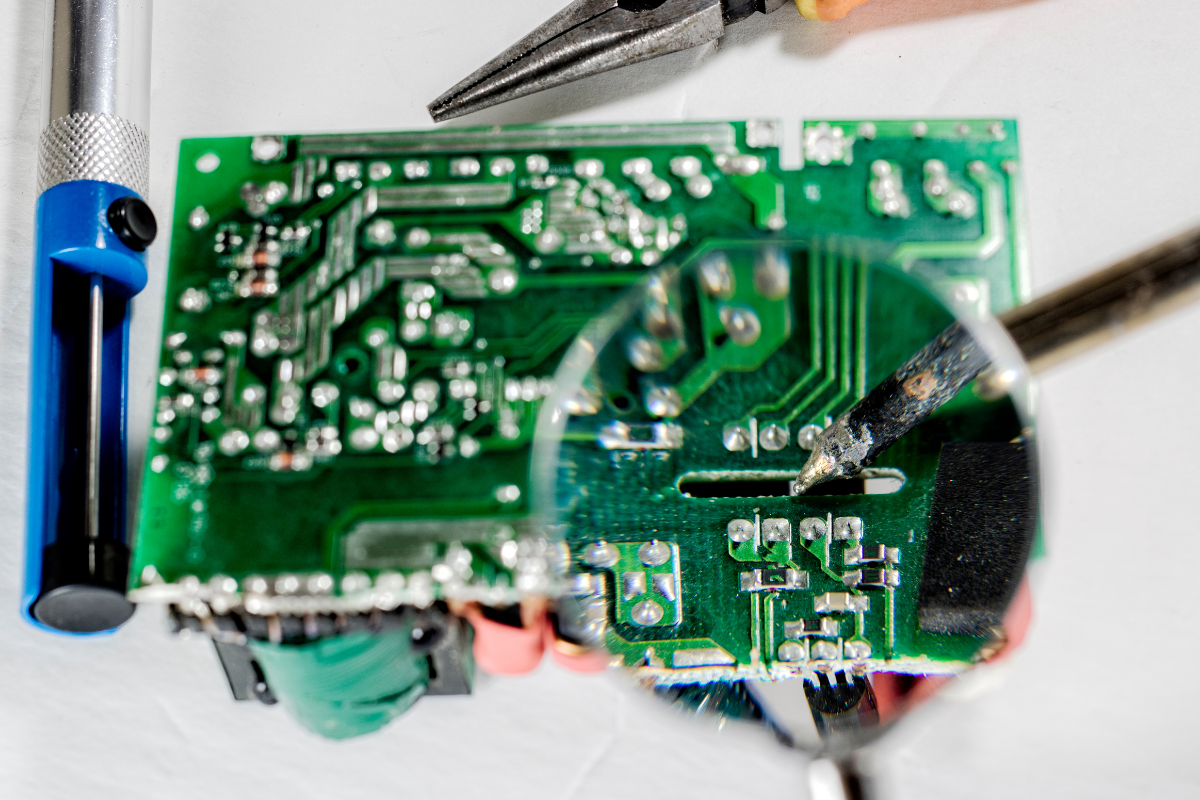
The Growing Problem of E-Waste
E-waste is one of the fastest-growing waste streams in the world. According to recent studies, the annual generation of e-waste is rising by 2.6 million tonnes each year. By 2030, global e-waste is expected to reach 82 million tonnes of e-waste—a staggering 33% increase from 2022. This surge is fueled by our increasing dependence on technology and the rapid turnover of electrical and electronic equipment.
E-waste is a big problem. It’s not just about how much of it there is, but also what’s inside it. Old electronics have bad stuff like lead, mercury, and other poisons. If we don’t get rid of these things the right way, they can leak into the ground and water. This is really bad for people and animals.
How E-Waste Impacts Communities Around the World
E-waste has far-reaching effects, particularly on vulnerable communities across the globe. Improper recycling and disposal practices expose people to hazardous materials, leading to serious health risks. The International Labour Organization (ILO) and World Health Organization (WHO) estimate that millions of women and child laborers working in informal recycling sectors worldwide are at risk of e-waste exposure. Children and pregnant women are especially vulnerable, with studies linking e-waste exposure to developmental issues, respiratory problems, and even cancer.

These dangers aren’t limited to the communities where e-waste is generated. In many cases, toxic electronic waste is illegally exported to developing countries. Millions of mobile phones, laptops, and other gadgets are shipped to these nations under the guise of “used goods,” even though most of them are non-functional.
These devices are dismantled in unsafe conditions, causing frequent illness among workers and severe pollution in local environments. It’s a hidden crisis that affects some of the world’s most disadvantaged communities, where the circular economy is undermined by the unsafe handling of e-waste.
The Global Dumping of Toxic E-Waste
The illegal dumping of e-waste in developing countries is a major concern. The United Nations has warned that millions of electronic products bought each year, especially during peak seasons like Christmas, are destined to become dangerous e-waste. Once in landfills, the toxic substances seep into the environment, contaminating land, water, and air.
The scale of this issue is alarming. The global volume of e-waste is expected to grow by 33% in the next few years, equivalent to eight times the weight of the Great Pyramid of Giza. Developing countries, particularly in Africa and Asia, bear the brunt of this crisis.
These regions receive vast amounts of discarded electronics, often falsely labeled as reusable, only to be dumped and dismantled in unsafe conditions. As a result, local communities suffer from environmental degradation, air pollution, and health risks.

Even though it’s legal to export discarded goods for reuse or refurbishment, much of what is sent is non-functional and ends up in dangerous recycling operations. Interpol found that nearly one in three containers leaving the EU contained illegal e-waste, with much of it heading to West Africa and Asia. The lack of regulation and oversight means that these nations continue to receive hazardous shipments, perpetuating a cycle of poverty, illness, and environmental damage.
The Countries That Produce the Most E-Waste
The e-waste crisis isn’t just a problem for developing nations—it’s driven by consumer behavior in the world’s wealthiest countries. The top producers of e-waste globally are:
- China: 10.1 million tonnes (16% of global e-waste)
- USA: 6.9 million tonnes (15% of global e-waste)
- India: 3.2 million tonnes
- Japan: 2.6 million tonnes
- Brazil: 2.1 million tonnes
While China and the USA top the list in terms of total waste generated, the per capita numbers are even more concerning in countries like the USA, where the average person generates nearly 30 kilograms of e-waste each year. Without proper recycling practices and facilities, this waste continues to accumulate, posing risks to both local and global communities.
What You Can Do to Help in Everyday Life
You don’t have to be a large corporation to make a difference in reducing e-waste. There are several ways you can contribute to the solution in your daily life:
1. Practice Good Consumer Habits: Be mindful of your purchases and buy only what you truly need. Avoid falling for marketing tactics that encourage unnecessary upgrades, which contribute to the ever-increasing amount of e-waste.
2. Donate or Sell Old Items: Instead of throwing away functioning electronics, consider donating them to those in need or selling them second-hand. This not only reduces waste but also extends the life of these products.
3. Use Local E-Waste Drop-Off Sites: Many communities offer designated drop-off points for e-waste recycling. These sites ensure that your old electronics are handled responsibly and recycled correctly. Proper disposal through local recycling programs helps recover valuable materials and supports environmental protection.
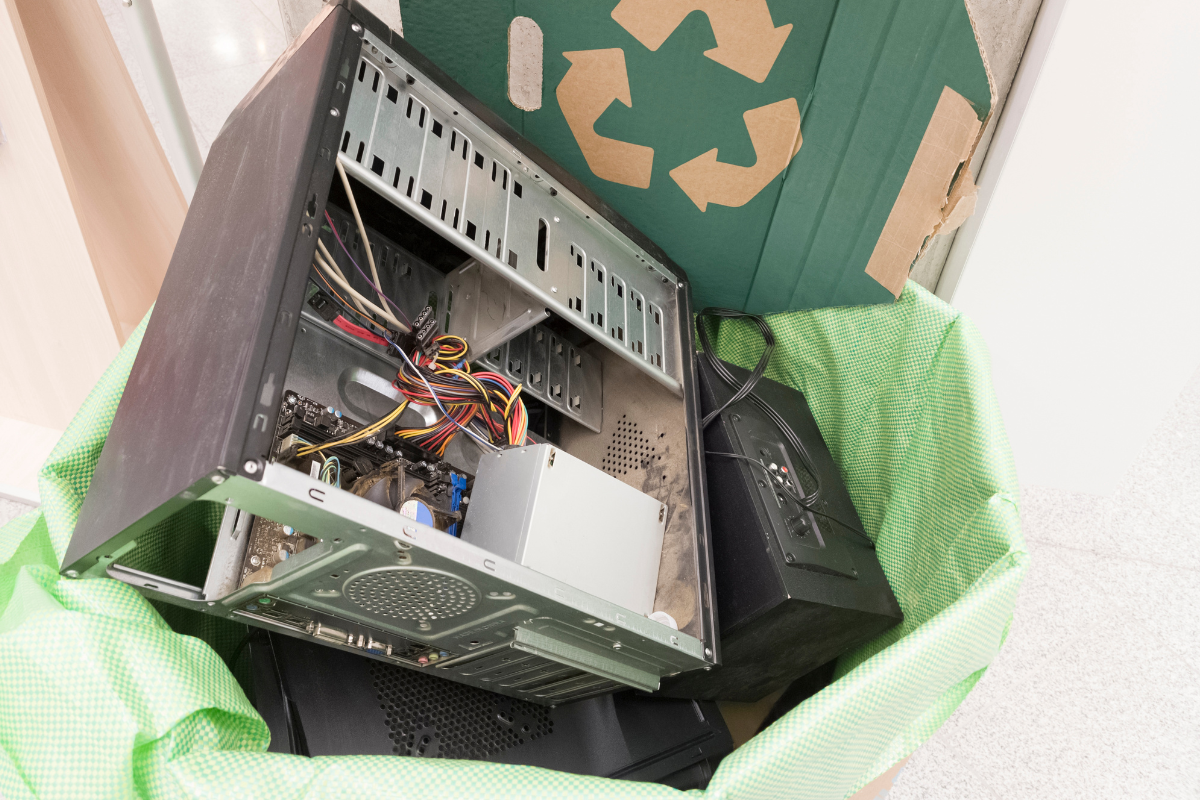
By taking these small steps, you can reduce your environmental footprint and promote a more sustainable future for everyone.
Work with a Certified E-Waste Recycler
For businesses or individuals with bulk e-waste, partnering with a certified recycler like Reboot Tech is crucial. Certified recyclers follow strict environmental and safety standards, ensuring that toxic substances are safely managed and valuable recycled materials are recovered. Reboot Tech offers comprehensive IT asset disposition (ITAD) services, secure data destruction, and eco-friendly recycling solutions.
If you’re looking to responsibly dispose of your old electronics, working with a trusted e-waste recycling facilities like Reboot Tech is the best option. Not only will you help reduce the e-waste crisis, but you’ll also be supporting ethical recycling practices that benefit communities around the world.
Taking Care of Our Planet and Communities
Recycling e-waste is more than just an environmental issue—it’s a way to protect communities, reduce pollution, and conserve natural resources. The growing problem of e-waste affects us all, but by making informed choices and supporting responsible recycling programs, we can make a positive impact.
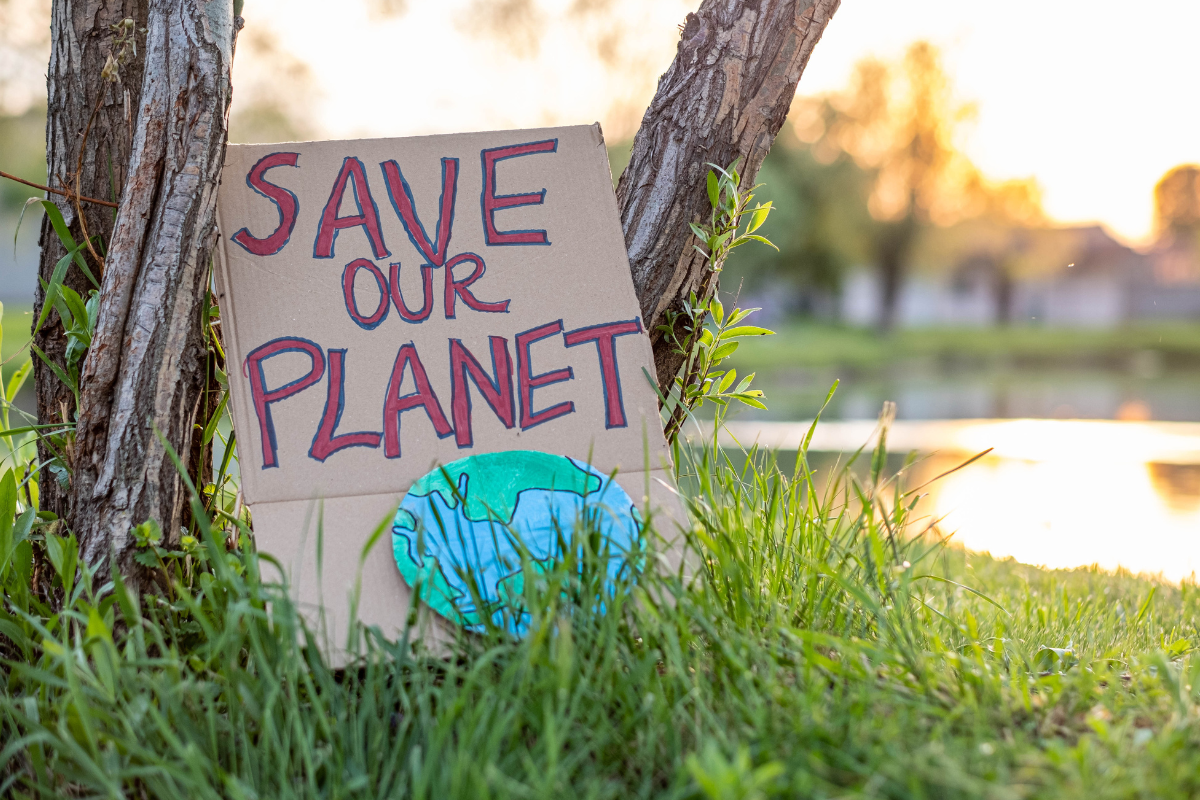
Whether you’re an individual with a few old gadgets or a business with large amounts of obsolete IT equipment, there are steps you can take to recycle e-waste responsibly. Together, we can reduce the harmful effects of e-waste and create a more sustainable future for everyone.
So, let’s all do our part. Recycle your electronics, take care of our planet, and support the well-being of communities worldwide.


